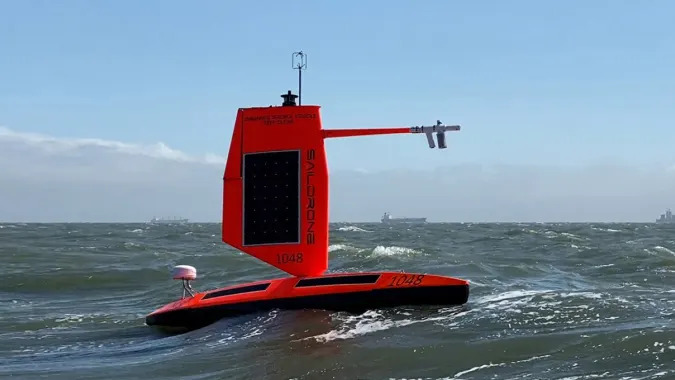- 0 replies
- 9,638 views
- Add Reply
- 1 reply
- 1,920 views
- Add Reply
- 0 replies
- 1,931 views
- Add Reply
- 0 replies
- 1,487 views
- Add Reply
- 1 reply
- 5,396 views
- Add Reply
Mountaintop removal worse for endangered species than initially thought

By Lurker,


A new study published today by journal PLOS ONE has revealed that mountaintop removal mining poses a more serious and widespread threat to endangered species and people than was previously understood. The researchers from Defenders of Wildlife's Center for Conservation Innovation (CCI) and conservation technology nonprofit SkyTruth, combine water-quality data with satellite imagery of mountaintop removal mining activity to estimate the full extent of water-quality degradation attributable to the
Calculation of the TSAVI vegetation index
By achraf98,
Hi. I am working on a remote sensing project about land degradation. I want to calculate TSAVI using a Landsat-8 image but I can't find how the a and b (slope and intercept) parameters are calculated. I only know that the variable X=0.08 according to the litterature. Can someone help me?
Kleos commits to build and launch fourth satellite cluster

By Lurker,
Kleos Space S.A (ASX:KSS, Frankfurt:KS1, Kleos or Company), a space-powered Radio Frequency Reconnaissance data-as-a-service (DaaS) company, has signed new contracts with satellite builder Innovative Solutions in Space B.V. (ISISPACE) and global launch services provider Spaceflight Inc to build and manage the launch its fourth satellite cluster of four satellites, the Observer Mission (KSF3) mid-2022.
Kleos Space CEO Andy Bowyer said, “We are rapidly building our constellation, utilising fu
NOAA's surfing drone captured footage inside Hurricane Sam

By Lurker,


The National Oceanic and Atmospheric Administration has shared what it says are the first images and video captured inside a hurricane by a surface drone. The agency placed the Saildrone Explorer SD 1045 in the path of the category-four Hurricane Sam. The saildrone overcame 50-foot waves and winds at speeds topping 120 miles per hour to capture data from the hurricane and offer a new perspective into such storms.
The device has a special “hurricane wing” to help it survive the intense wind
asking question about geopands
By zolfa,
hello
how can i solve the problem of geopandas installation ?
i can not install geopandas in anaconda
would possible to help me ?
-
Forum Statistics
8.7k
Total Topics43.2k
Total Posts


